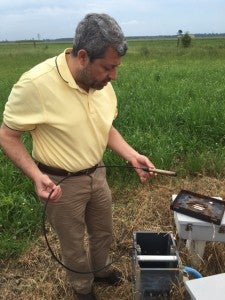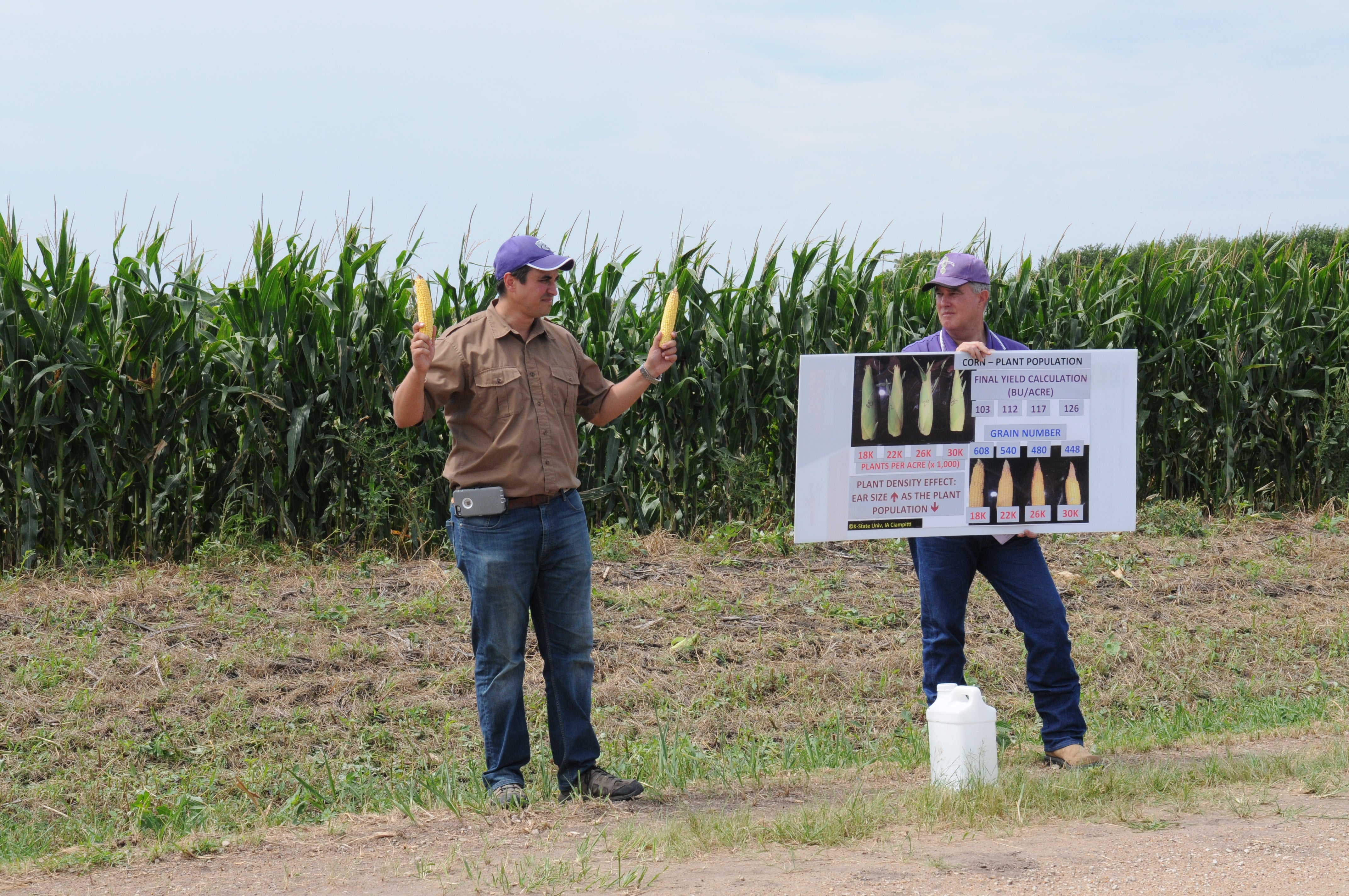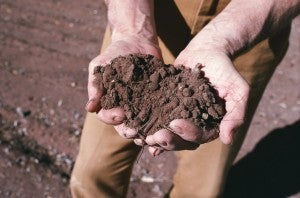 In order for the agriculture sector to deliver on the growing demand for sustainable grain and participate in emerging carbon markets, growers need a way to demonstrate that their management practices are benefiting the environment.
In order for the agriculture sector to deliver on the growing demand for sustainable grain and participate in emerging carbon markets, growers need a way to demonstrate that their management practices are benefiting the environment.
Scientists have identified multiple practices that farmers can implement to maximize yield while minimizing impacts to air and water. Meanwhile, companies such as Trimble Ag, John Deere, SST Software, and countless others have developed a wide array of sensing tools and data collection methodologies to calculate and monitor the environmental benefits of these practices.
Yet as one might expect in any emerging market, the tools aren’t fully communicating with each other, thereby limiting their true potential.
The good news is that the makers of these technologies have started collaborating with agricultural practitioners to make their systems more compatible. Even in this fragmented industry, companies are starting to work together to streamline data collection – and this has enormous implications for sustainability.
Here’s why. Read More











 Amidst all the new tools and technologies being developed to make agriculture more sustainable, there is one tried and true method for testing on-site conservation practices that doesn’t get much attention: farmer networks.
Amidst all the new tools and technologies being developed to make agriculture more sustainable, there is one tried and true method for testing on-site conservation practices that doesn’t get much attention: farmer networks.